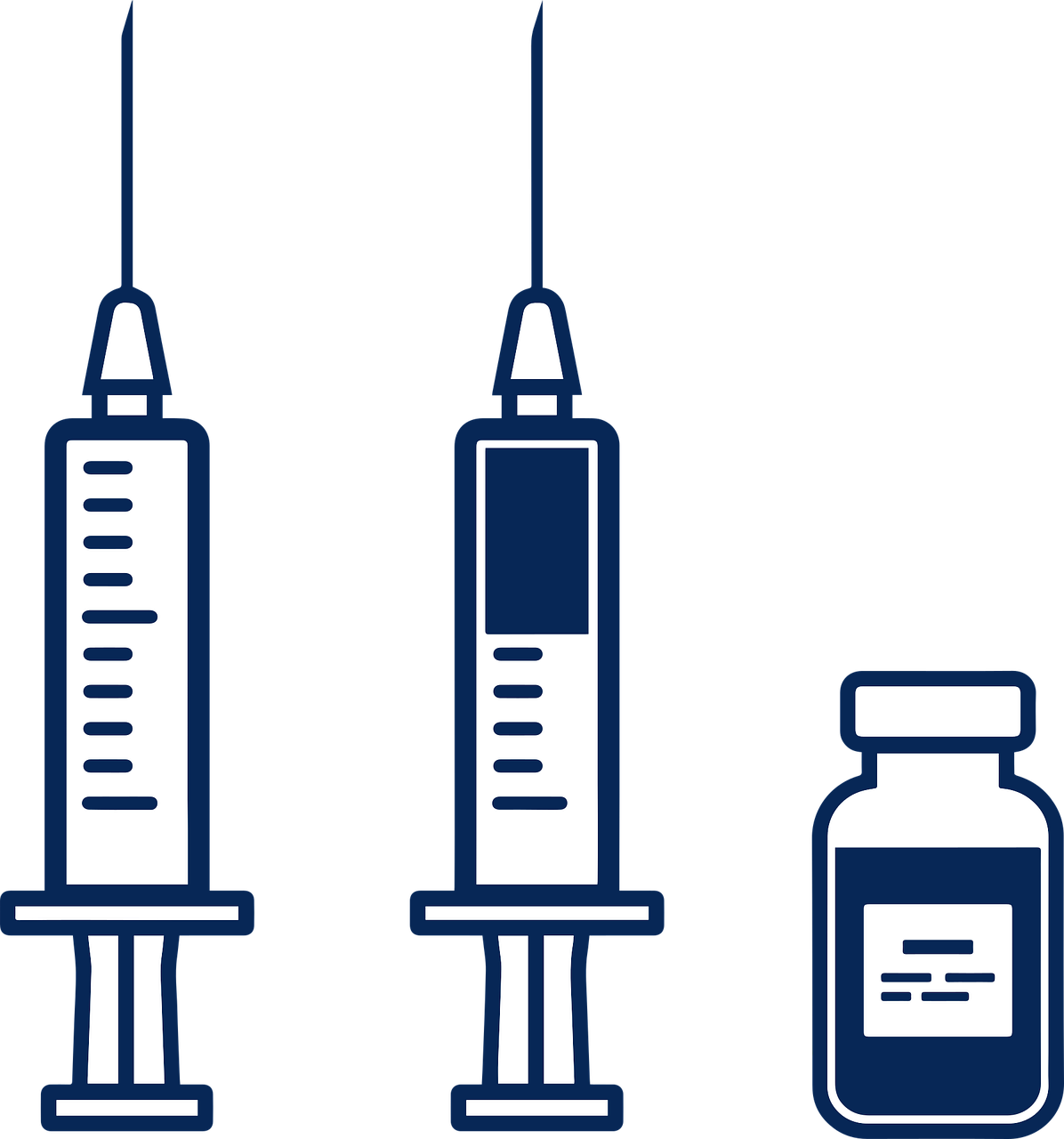
Teaching scientific literacy skills can help combat the propagation of misinformation online. This lesson is intended to give students practice identifying reliable scientific information on the Internet, in the context of vaccine safety. It was designed for a first-year seminar taught fully through remote instruction but can be adapted for any in-person or blended course. It can also be easily modified to use for other biologically-relevant topics and is especially well suited for controversial topics. This lesson consists of three activities. First, students review an article about identifying reliable Internet resources and search online for vaccine safety information. Then, students meet in small groups to review and rank the resources that each of them found from most to least reliable, referencing the criteria laid out by the CRAAP test (Currency, Relevance, Accuracy, Authority, Purpose). After ranking each resource, students reflect on how their thinking about online resources has changed during the activity and how they will evaluate scientific information online in the future. Finally, students use the reliable resources that they and their classmates compiled during the activity as references to write about how the biology of vaccines relates to the five Core Concepts. Following this lesson, 100% of student groups were able to correctly identify at least one reliable and unreliable online resource and 95% of groups were able to articulate particular qualities of resources that helped them establish their reliability. Further, 100% of groups could articulate how their thinking had changed throughout this activity.
Primary Image: A drawing of vaccines and a vial, used with permission from Pixabay.

Diana Churchill onto Bio 4
@
on